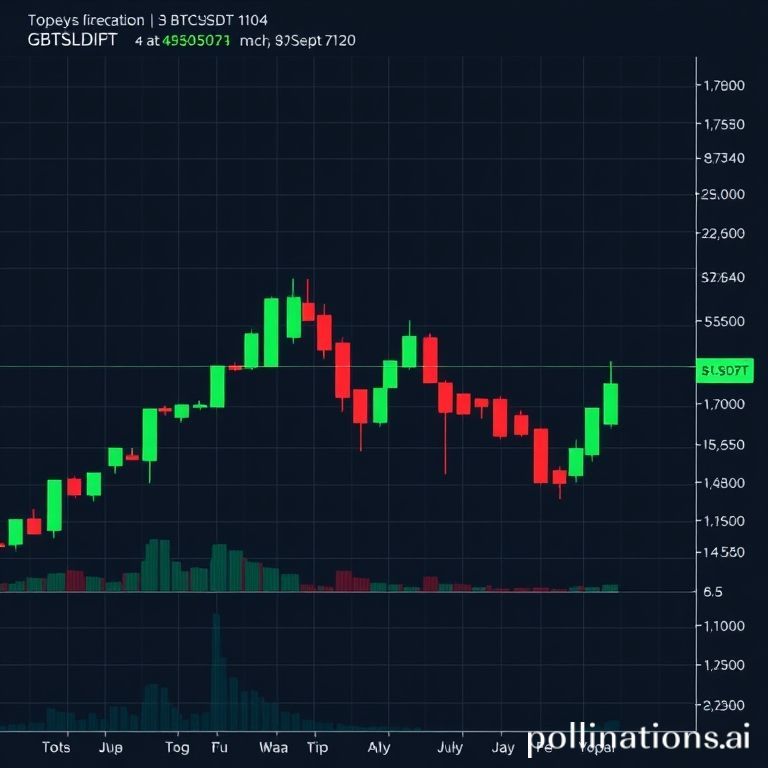
The U.S. Securities and Exchange Commission (SEC) and the Financial Industry Regulatory Authority (FINRA) have reportedly launched investigations into suspicious trading patterns. This scrutiny targets the shares of companies that announced plans to adopt crypto treasury strategies, following unusual market activity observed in the days leading up to these public disclosures.
SEC, FINRA Intensify Scrutiny on Crypto-Related Trading
Recent reports by The Wall Street Journal (WSJ) indicate that financial regulators are actively engaging with a significant number of companies that have embraced Digital Asset Treasury (DAT) strategies. This outreach stems from a noticeable surge in trading activity and stock price volatility occurring just before these companies officially revealed their intentions to integrate cryptocurrencies into their corporate treasuries.
Sources familiar with these regulatory moves told the WSJ that both the SEC and FINRA have been meticulously examining these peculiar trading behaviors. While the specific names of the companies under investigation remain undisclosed, the pattern involves multiple entities that announced their adoption of a DAT strategy this year.
The core concern for regulators revolves around "unusually high trading volumes and sharp stock-price gains" that consistently preceded the public announcements. This pre-announcement activity raises flags regarding potential insider trading or selective disclosure of material non-public information.
Furthermore, SEC officials have reportedly issued warnings to these companies regarding potential breaches of Regulation Fair Disclosure. This critical rule in financial markets explicitly prohibits public companies from selectively divulging material, non-public information to specific investors, analysts, or other market participants who might exploit such information for trading advantages.
Legal experts suggest that such letters from FINRA often signify the initial stages of more profound investigations, frequently delving into allegations of insider trading. However, at this juncture, it remains uncertain whether these financial regulators are preparing to pursue full-fledged enforcement actions against any of the involved companies or individual investors.
David Chase, a former SEC enforcement lawyer who now practices as an SEC defense attorney, highlighted the gravity of these regulatory inquiries. He remarked to the WSJ that "when those go out, it really stirs the pot. It’s typically the first step in an investigation. Whether it goes full, full length, it’s anybody’s guess." This perspective underscores the serious nature of these initial probes.
The inherent secrecy surrounding DAT announcements can, in some instances, be compromised. Such leaks of confidential information are believed to be a contributing factor to the unusual stock activity observed prior to official statements. Lawyers engaged in crypto-treasury deals have also acknowledged that information leaks can adversely impact pricing transactions.
Justin Platt, a partner at the law firm Goodwin, explained the practical implications to the WSJ, stating, "If the stock price is highly volatile in the days leading up to pricing a transaction, that could actually make it very difficult to agree on a price for the transaction and put it at risk of execution." This emphasizes the financial risks associated with premature information disclosure.
The Expanding Horizon of Crypto DAT Strategies
In recent months, the adoption of crypto treasury strategies has seen a significant surge in momentum. This trend was notably pioneered by Michael Saylor's MicroStrategy, which famously integrated Bitcoin into its corporate balance sheet. The WSJ, citing data from crypto advisory firm Architect Partners, reported that over 212 new companies have announced plans to raise substantial capital—hundreds of billions of dollars—to implement their own DAT strategies.
The diversification of these strategies is evident, with September alone seeing multiple companies unveiling crypto treasury plans focused on various altcoins, including Cardano (ADA), Avalanche (AVAX), and Solana (SOL). Bitcoinist previously reported on the considerable investments—hundreds of millions of dollars—channeled into Solana-focused DATs this month.
Notable examples include Helius Medical Technology, which recently disclosed a $500 million SOL treasury strategy, backed by prominent firms like Pantera Capital and Summer Capital. Similarly, Nasdaq-listed Fitell Corporation, a global provider of fitness equipment and health solutions, made headlines by launching the first Solana-based digital asset treasury in Australia.
While newer cryptocurrencies gain traction, the leading digital assets, Bitcoin (BTC) and Ethereum (ETH), continue to be accumulated by top crypto treasuries. BitMine, recognized as the largest ETH-focused treasury, recently surpassed the impressive milestone of 2 million ETH holdings. Concurrently, MicroStrategy, the foremost Bitcoin and crypto treasury, reinforced its position by purchasing an additional 850 BTC earlier in the week.
The growing interest in DAT strategies underscores a broader institutional acceptance of digital assets. However, as the market matures and corporate involvement deepens, regulatory bodies like the SEC and FINRA are keenly observing market conduct to ensure fairness and prevent illicit activities. Their current investigations serve as a clear signal that transparency and adherence to disclosure regulations are paramount, especially as the lines between traditional finance and the burgeoning crypto economy continue to blur. Maintaining market integrity will be crucial for the sustainable growth and legitimization of corporate crypto adoption.
